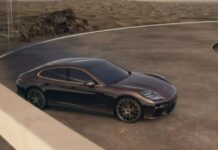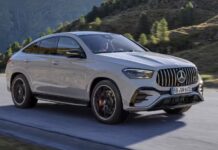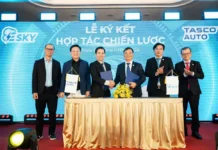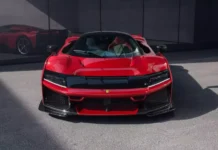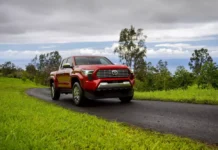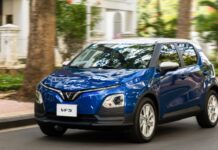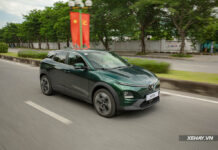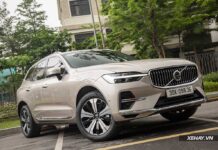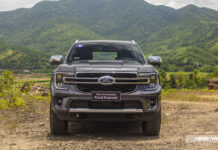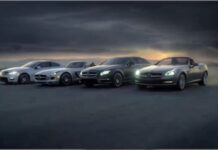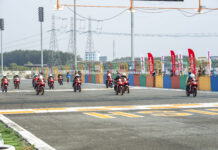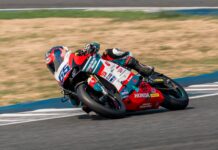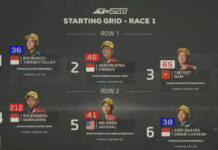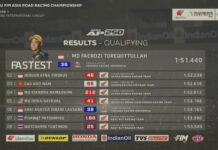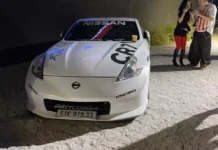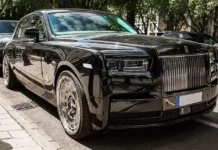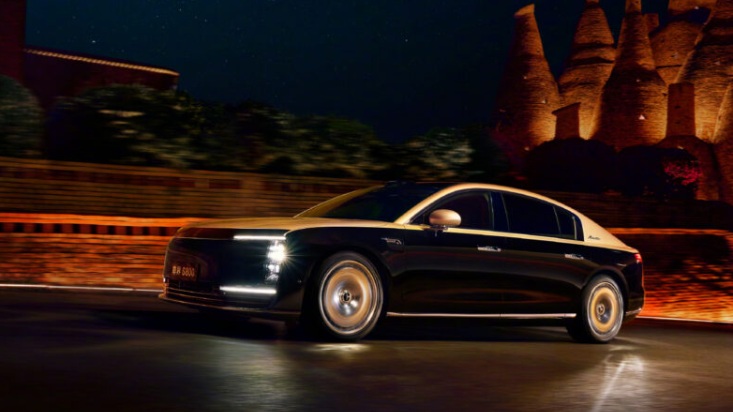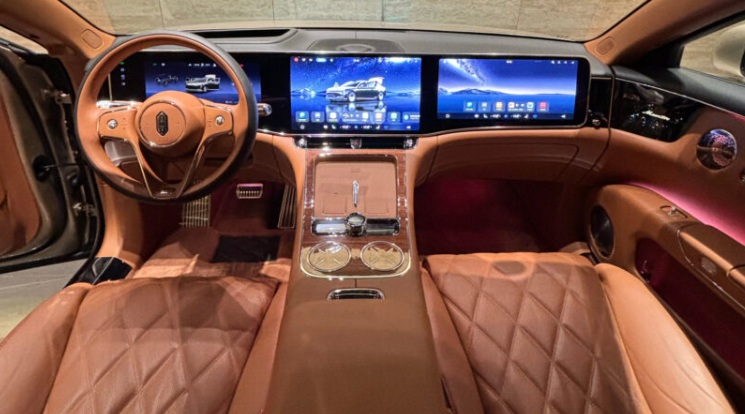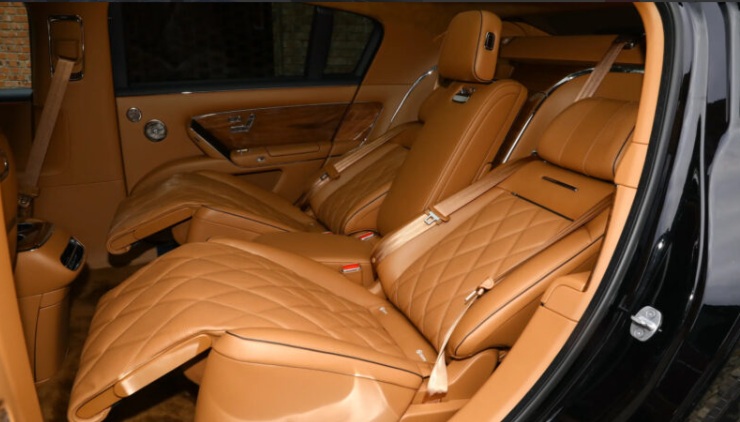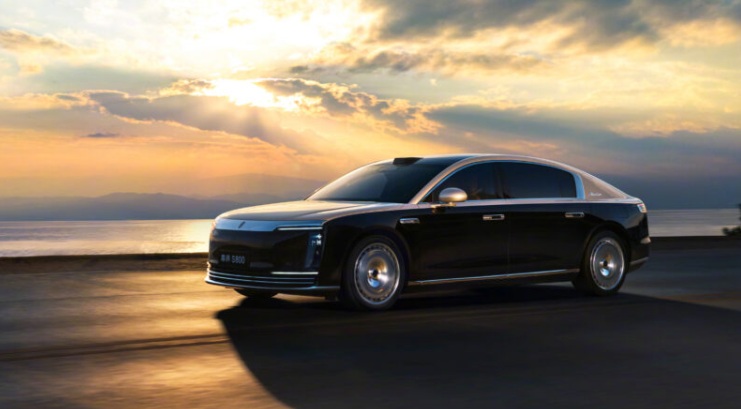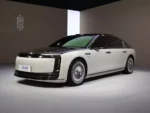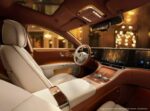At the end of May, Huawei officially unveiled its luxury electric sedan, the Maextro S800, in the Asian market.
The S800 is the first model under the Maextro brand, developed through a joint venture between telecom giant Huawei and automotive manufacturer JAC (previously partnered with Nio).
This vehicle is positioned to compete directly with established names such as the Mercedes-Maybach S-Class and the BYD Yangwang U7.
Just 24 hours after its launch, the Maextro S800 garnered 1,600 orders, an impressive feat for a Chinese sedan priced at approximately $100,000 (around 2.6 billion VND). Notably, 70% of the orders were for the top-of-the-line version, priced at over 1 million yuan (3.62 billion VND). After two days, the order count rose to 2,100, and by June 6, Huawei announced a total of 3,600 orders in the first seven days.
While this number hasn’t reached the company’s long-term expectation of over 100,000 units annually, equivalent to about 8,300 units per month, the initial market response indicates a significant interest from Chinese consumers in this high-tech sedan bearing Huawei’s hallmark.
Maextro S800 is a lengthy sedan, measuring 5.48 meters in length, 2 meters in width, and boasting a 3.37-meter wheelbase. These dimensions rival those of the Maybach S-Class. The car features a modern design, with a distinctive dual-horizontal headlight setup at the front. The exterior offers the option of camera-based side-view mirrors. It is equipped with rear-wheel steering, a feature typically found only in high-end sedans.
The interior is a standout feature of the Maextro S800. It boasts Huawei’s latest head-up display technology and an immersive sound system with 43 speakers delivering a total output of 2,920 watts. The Maextro S800 offers two seating configurations: a 5-seater and a 4-seater (VIP) version. The central area integrates a massive 15.6-inch main screen and a 16-inch secondary display for the front passenger. Rear passengers can adjust the window tint using gesture control.
Maextro S800 is offered with two powertrain options: pure electric (EV) and extended-range electric (EREV). The EV version is equipped with dual motors producing 523 horsepower, paired with a 95 kWh battery, enabling a range of 702 kilometers under the CLTC standard.
Meanwhile, the EREV variant is available in two versions: dual-motor 523 horsepower or tri-motor 852 horsepower. Both are coupled with a 1.5L gasoline engine-generator producing 154 horsepower and a 65 kWh battery, resulting in an all-electric range of 365 to 400 kilometers.
The Maextro S800 comes in five trim levels, with prices ranging from 708,000 to 1,018,000 yuan (2.56 – 3.69 billion VND).
Huawei’s foray into the luxury electric vehicle market through Maextro showcases its long-term strategy in the smart mobility sector. With the HIMA (Harmony Intelligent Mobility Alliance) distribution network, Huawei not only provides core technology but also directly controls the sales channel, something unseen among traditional automotive brands.
However, to achieve its annual sales target of 100,000 units in this highly competitive segment, Maextro will need to demonstrate superior value compared to its rivals, not only in China but also in international markets, where Mercedes-Benz, BMW, and BYD hold strong positions.
The Maextro S800 is a bold yet calculated move by Huawei in its aspiration to become a major player in the smart automotive industry. While the initial order numbers aren’t explosive, they indicate a growing acceptance of high-end “domestic” cars in the Chinese market, provided they offer superior technology and are positioned appropriately.
Huawei Unveils Revolutionary Super-Fast Charging: 5-Minute Plug for a 400km Journey
Huawei is about to shake things up in the industry as it announces its entry into the fast-charging arena. On April 22, the company will unveil its super-fast charging technology, joining the likes of BYD and Zeekr in a race to revolutionize the way we power our devices. With this move, Huawei is poised to showcase its innovation and expertise, promising a future where waiting for your device to charge is a thing of the past. This announcement marks an exciting chapter in the world of technology, and we can’t wait to see what Huawei has in store.



